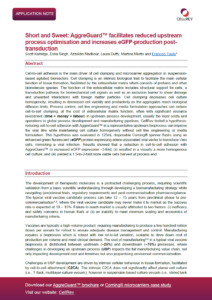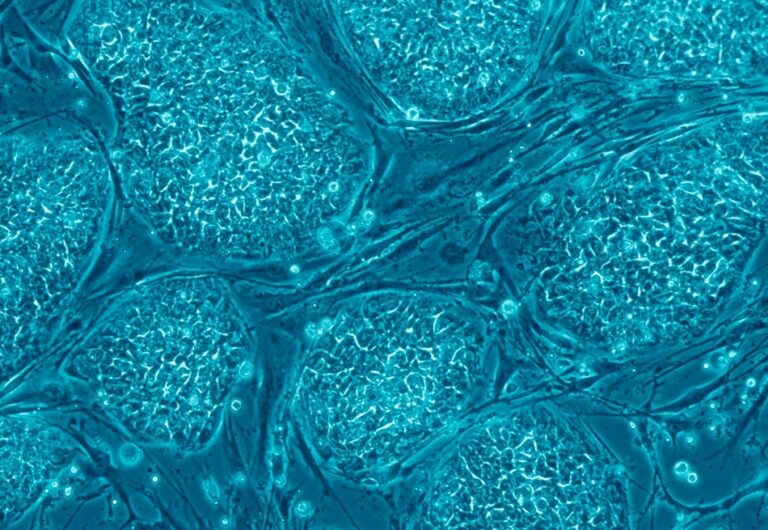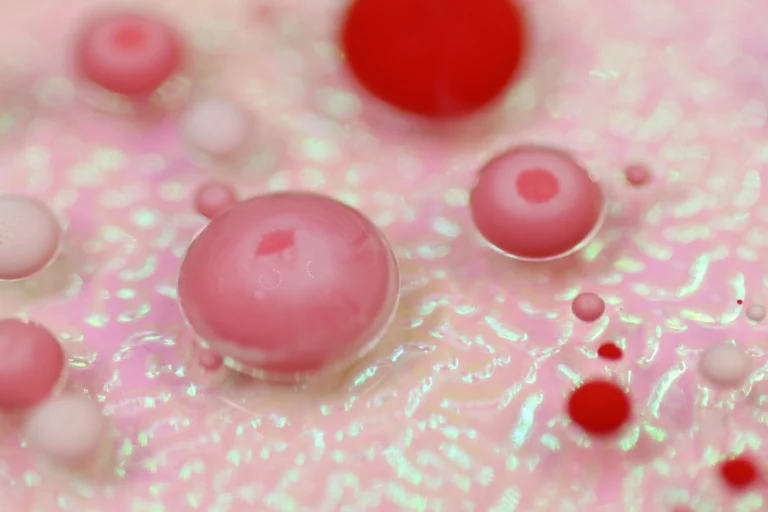AggreGuard™ facilitates reduced upstream process optimisation and increases eGFP-production post-transduction
Cell-to-cell adhesion is the main driver of cell clumping and microcarrier aggregation in suspension-based agitated bioreactors. CellRev tested a hypothesis: reducing cell-to-cell adhesion with AggreGuard™ in a representative upstream bioprocess can improve the viral titre while maintaining cell culture homogeneity without cell line engineering or media formulation. This hypothesis was evaluated in 125mL disposable Corning® spinner flasks using an enhanced green fluorescent (eGFP) protein expressing adeno associated viral vector to transduce Vero cells, mimicking a viral infection.
Results showed that a reduction in cell-to-cell adhesion with AggreGuard™
- increased eGFP expression ~3-fold;
- resulted in a visually a more homogenous cell culture; and
- yielded a 1.5-to-2-fold more viable cells harvest at process end.
Read our full case study below.



